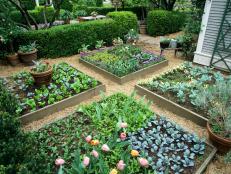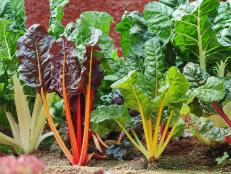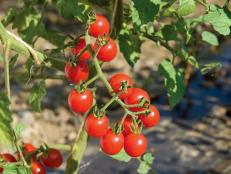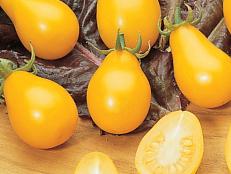Botanical Name: Beta vulgaris
Beets are part of the Chenopodiaceae family, also known as the Goosefoot family. Other members of this botanical family include spinach, Swiss chard and quinoa. Beet greens (the tops) hold more nutritional value than the root even though the root is consumed more often than the greens. Growing beets is rather easy; they just have a few basic requirements. All beets, no matter their color, prefer being in the full sun and they can tolerate salty and alkaline soils. Beet seeds do best when direct sowed into the garden because they do not transplant well. Sowing should be done when the soil temperature has reached 50 degrees. Prior to planting seeds, soak them in warm water for 24 hours to help with germination. Beets are considered a cool-season crop and can tolerate numerous frosts.












